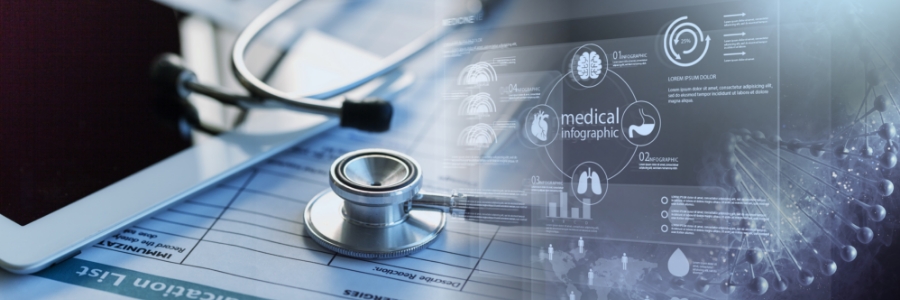Protected health information (PHI) comprises data that identifies an individual's medical history, treatment plans, and payment records, making it highly sensitive and valuable to cybercriminals. The importance of securing PHI extends beyond regulatory compliance; it is about preserving patient trust, preventing identity theft, and upholding ethical standards in healthcare delivery.
Securing PHI: Best practices for cybersecurity
Secure your healthcare organization: 5 Tips for defeating insider threats

Insider threats have become increasingly common in the healthcare industry and pose a major risk for any business operating in this space. To protect your healthcare organization and its valuable assets, it is essential to understand how these threats work and what steps you can take to mitigate them.
Keeping PHI safe from cybercriminals
Here’s how to make sure your business properly handles PHI
It’s imperative for healthcare organizations and business associates to take every precaution when it comes to managing protected health information or PHI. Aside from having significant regulatory and compliance implications, failing to protect PHI can seriously affect clients and damage a business’s reputation.
Protecting healthcare providers from insider threats
Many healthcare organizations are at risk of data breaches caused by insider threats. These are security risks within your organization and can be any of your current or former employees, partners, and contractors who have knowledge about your computer systems.
Healthcare: Prevent insider threats
Healthcare is the only industry where insider threats pose the greatest threat to sensitive data, with 58 percent of security incidents coming from people working within the organization itself. Here’s a look at five ways to prevent such breaches.
#1 Educate - The workforce (meaning all healthcare employees) must be educated on allowable uses and disclosures of protected health information (PHI) and the risk associated with certain behaviors, patient privacy, and data security.

